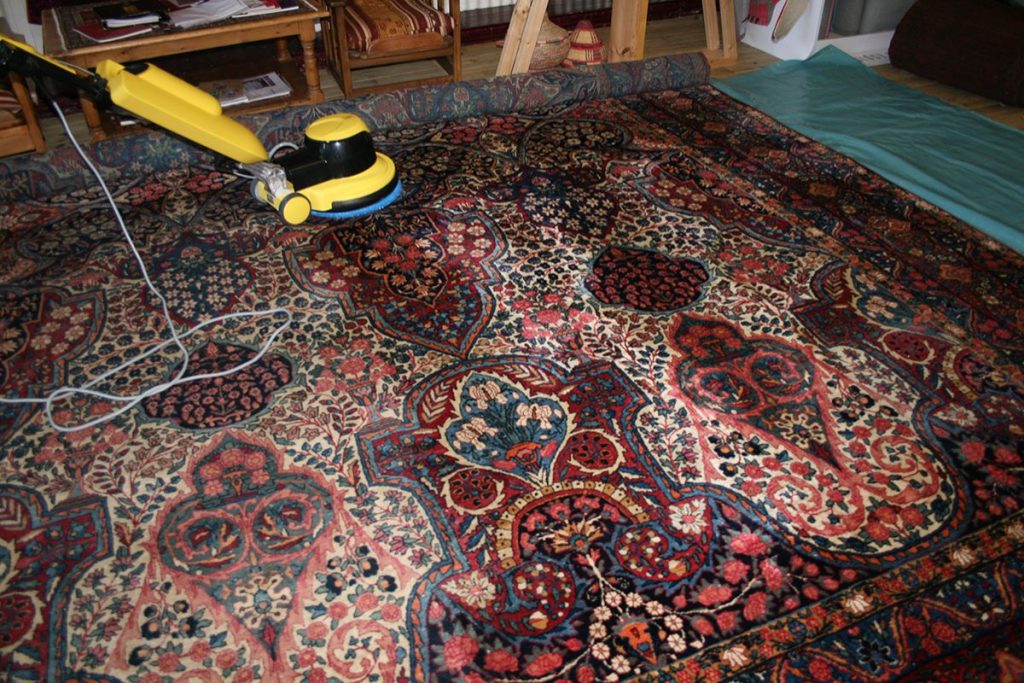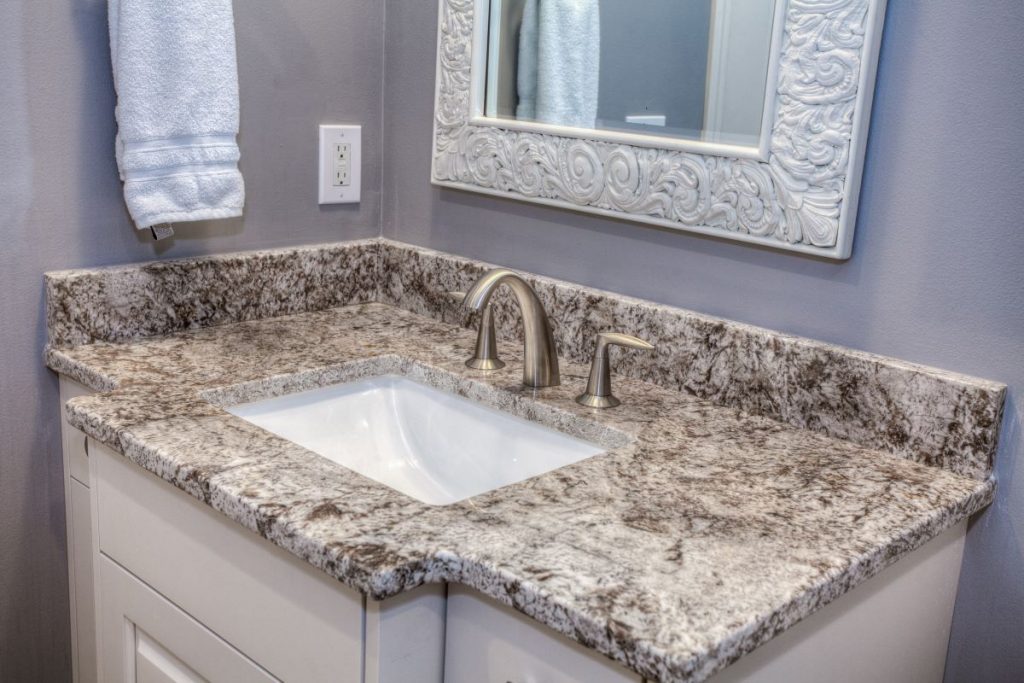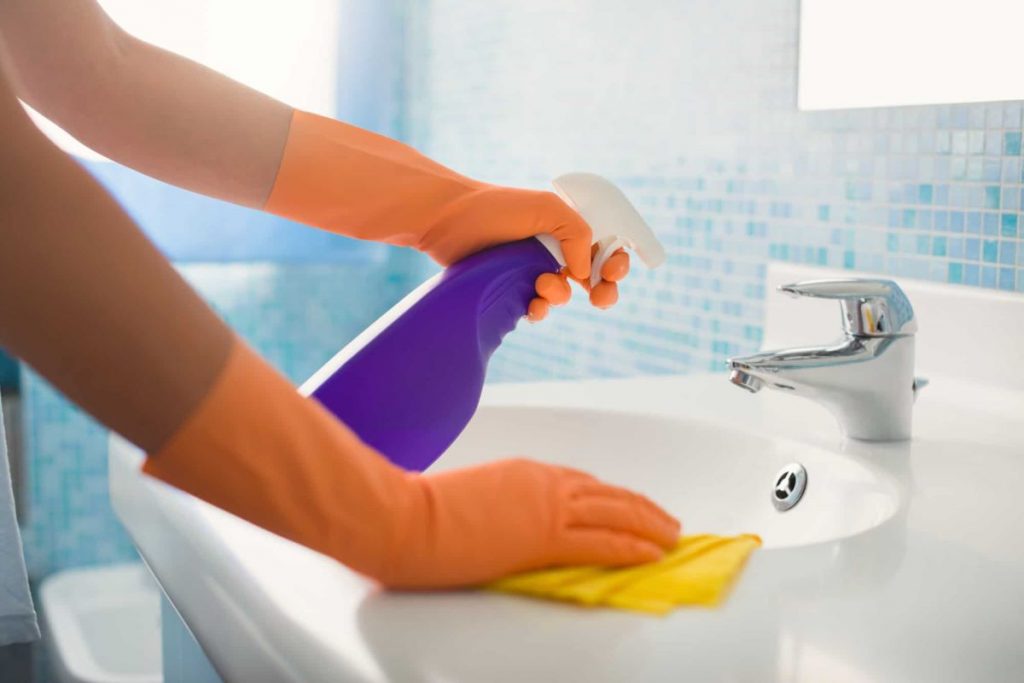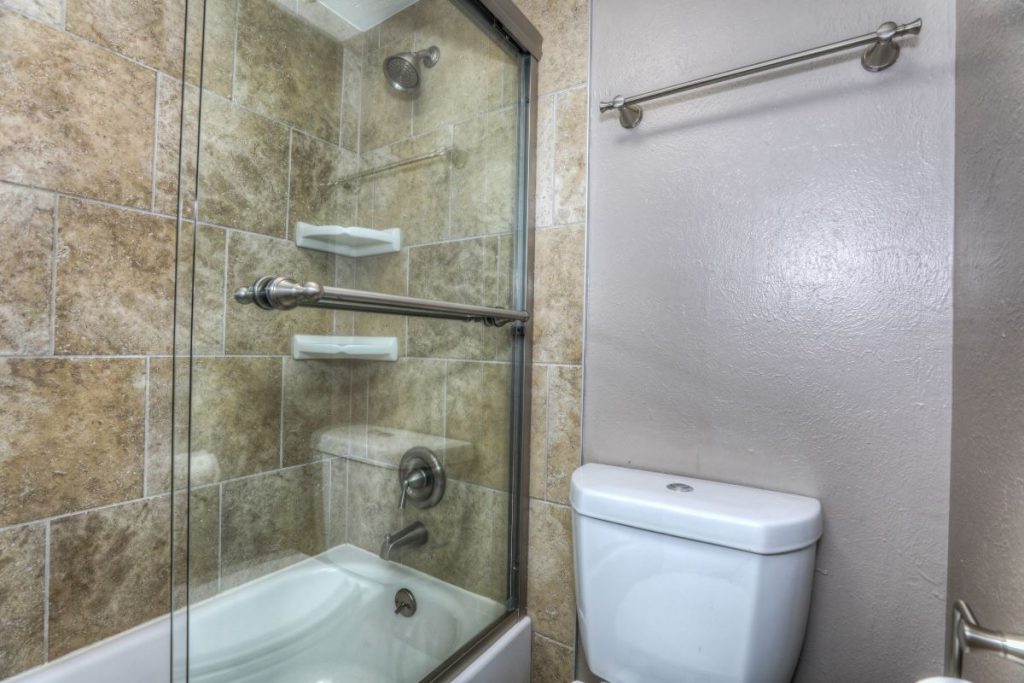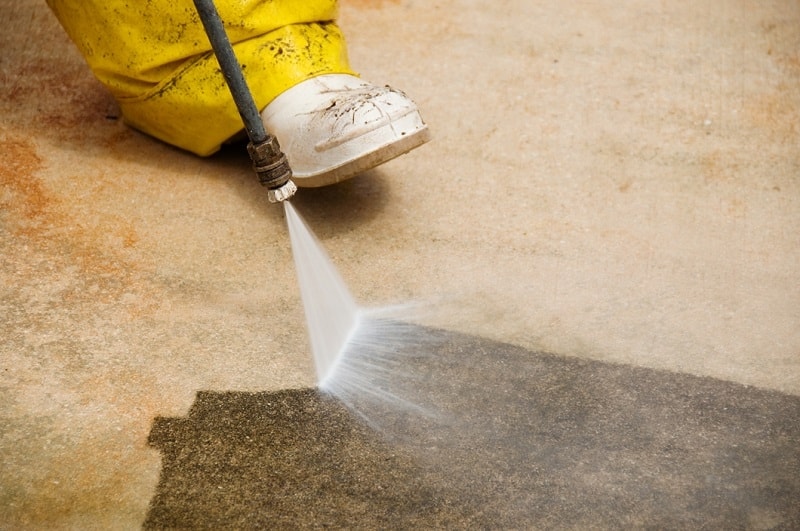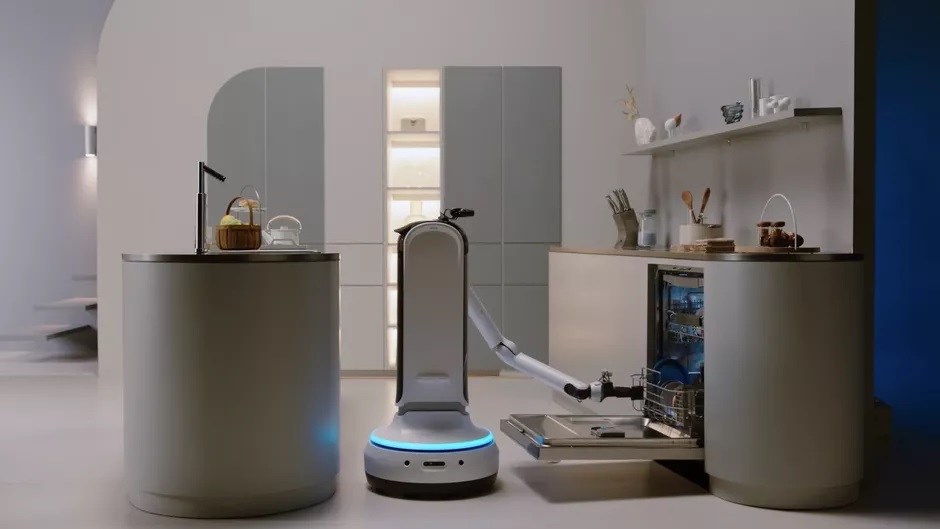Table of Contents
Bathroom tiles are a beautiful and functional addition to any home, but over time, they can develop stubborn stains that are not only unsightly but also challenging to remove. Whether it’s soap scum, hard water deposits, or mold and mildew, keeping your bathroom tiles clean requires the right approach. In this guide, we’ll explore effective methods to tackle bathroom tile stains and restore the shine to your space.
Understanding the Types of Bathroom Tile Stains
Before diving into the cleaning process, it’s crucial to identify the type of stain you’re dealing with. Different stains require different cleaning methods. Common bathroom tile stains include:
Soap Scum:
A filmy residue that accumulates from soap and shampoo.
Hard Water Stains:
Deposits left behind by mineral-rich water, causing a cloudy or chalky appearance.
Mold and Mildew:
Fungal growth that thrives in damp environments, resulting in black or greenish stains.
Now, let’s explore effective cleaning techniques for each type of stain.
Cleaning Soap Scum from Bathroom Tiles
Soap scum can quickly build up on bathroom tiles, especially in shower areas. To tackle this issue:
Use a Vinegar Solution:
- Mix equal parts white vinegar and water.
- Apply the solution to the affected areas and let it sit for 15-20 minutes.
- Scrub with a soft brush or sponge, then rinse thoroughly.
Baking Soda Paste:
- Create a paste by mixing baking soda with water.
- Apply the paste to the soap scum and let it sit for 10-15 minutes.
- Scrub gently and rinse.
Preventive Measures:
- Consider using liquid soap instead of bar soap to minimize soap scum buildup.
- Wipe down tiles regularly after showering to prevent the accumulation of soap residues.
- Removing Hard Water Stains from Tiles
- Hard water stains can make tiles look dull and discolored. To restore their shine:
Lemon Juice Treatment:
- Squeeze fresh lemon juice onto the stains.
- Allow it to sit for 10-15 minutes.
- Scrub with a soft brush and rinse.
Vinegar Soak:
- Soak a cloth in white vinegar and place it on the stained areas.
- Leave it for 30 minutes, then scrub and rinse.
Water Softener Usage:
- Consider installing a water softener to prevent the formation of hard water stains.
- Regularly check and maintain your water softener to ensure optimal performance.
Dealing with Mold and Mildew on Bathroom Tiles
Mold and mildew thrive in damp environments, making bathrooms a prime location for their growth. Here’s how to combat them:
Bleach Solution:
- Mix one part bleach with three parts water.
- Apply the solution to mold and mildew, let it sit for 10 minutes, then scrub and rinse.
Tea Tree Oil Spray:
- Mix a teaspoon of tea tree oil with a cup of water in a spray bottle.
- Spray on affected areas and let it sit.
- Scrub gently and rinse.
Ventilation Tips:
- Ensure your bathroom has proper ventilation by using exhaust fans or opening windows during and after showers.
- Consider installing a dehumidifier to reduce overall humidity levels in the bathroom.
General Tips for Tile Stain Removal
Regular Cleaning:
- Establish a weekly cleaning routine to prevent the buildup of stains.
- Use a mild, pH-neutral cleaner to avoid damaging the tile surface.
Avoid Abrasive Cleaners:
- Harsh, abrasive cleaners can damage tile surfaces and grout.
- Choose non-abrasive cleaners that are specifically designed for tile maintenance.
Seal Grout Lines:
- Seal grout lines every 6 to 12 months to prevent moisture penetration and the growth of mold and mildew.
- Ensure the grout is completely dry before applying the sealer.
DIY Tile and Grout Cleaner:
- Create a natural tile and grout cleaner by mixing equal parts water and baking soda.
- Apply the mixture to the tiles, scrub gently, and rinse thoroughly.
Preventive Maintenance:
- Address any water leaks promptly to prevent water damage and mold growth.
- Repair or replace damaged tiles to maintain the overall integrity of your bathroom surface.
In conclusion, maintaining clean bathroom tiles requires a combination of the right cleaning solutions, regular upkeep, and preventive measures. By identifying the type of stain and using the appropriate cleaning method, you can enjoy a sparkling and hygienic bathroom. Incorporate these tips into your cleaning routine, and say goodbye to stubborn tile stains for good. Remember, a little proactive care goes a long way in preserving the beauty of your bathroom tiles.

